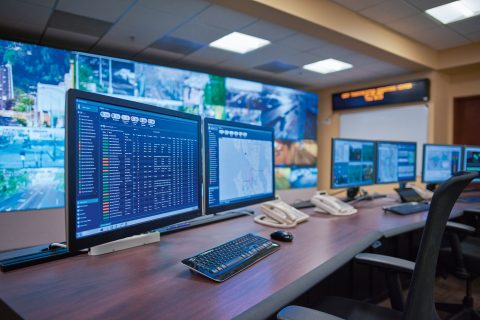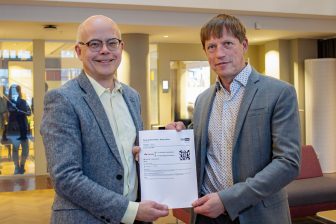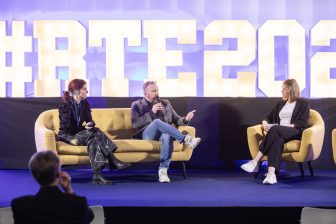
Siemens Mobility: we don’t sell anything anymore that isn’t future-proof
Image: Siemens Mobility
Every piece of hardware that leaves the factory floor at Siemens Mobility should be future-proof and ready to collect data, ceo Michael Peter said at a press briefing last week. On the company side too, everything is in place to gather and process that data for further improvements.
Want to read more?
You have read all of your free premium articles for this month. Please become a subscriber to keep reading.
Subscribe now!
Take advantage of our exclusive offer to get full access to all premium content.





Hm…, supposed it is, that the offered, for “optimised” and “maximised”, etc., is achieved by sophisticated Big Data? A paradox, then it is, that current devastating congestion, at global supply chains, just has appeared during era of digitalisation?…
Low lcc industry of railways will not be, until, infrastructure, proves robust and resilient, thus “future proof”!
With basics provided, low risk service will be rendered, the handsomely rewarded by willingly paying ware owners, etc., etc.